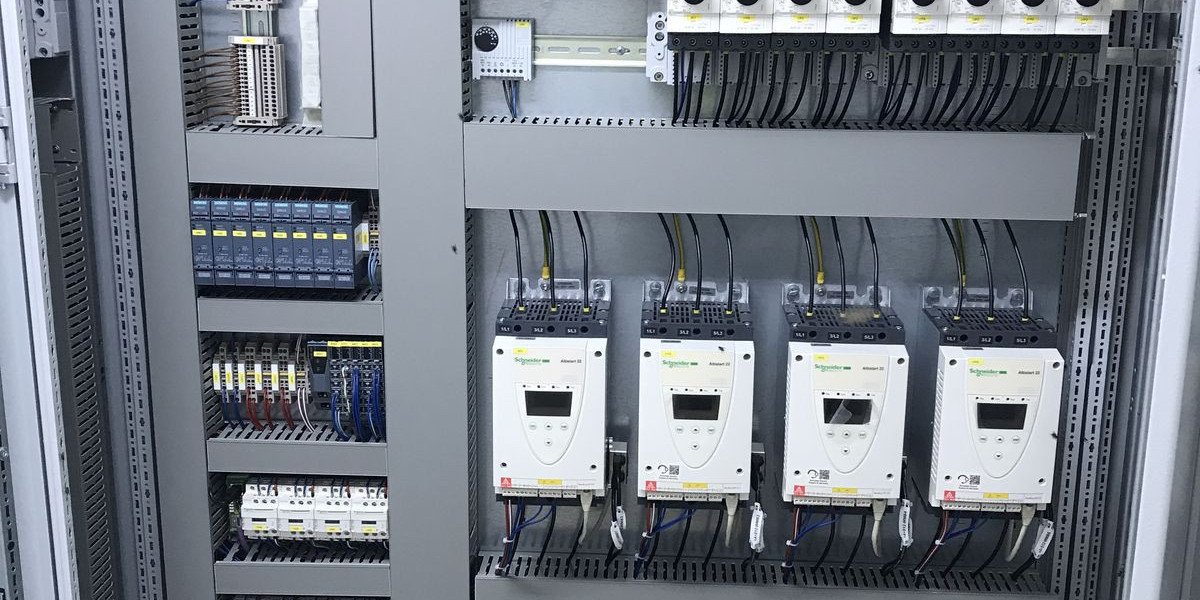Unlike utility grids where faults are rare and well-behaved, micro-grids see daily reconfigurations: cloud-driven PV ramps, diesel start-ups, battery inverters flipping between grid-forming and grid-following. Load-flow can reverse in seconds, so medium voltage distribution equipment must tolerate bidirectional short-circuits up to 31.5 kA and switch capacitive/inductive loads every hour. Vacuum interrupters handle both duties without restrikes because the contact gap recovers 10 kV µs⁻¹—ten times faster than SF₆.
Coober Pedy records a 55 °C annual range. SF₆ density at −40 °C falls to 1.2 bar(abs), perilously close to liquefaction; heaters are mandatory, drawing 120 W per panel. Vacuum bottles, sealed at 10⁻⁷ Pa, are indifferent to ambient pressure. A silicone-grafted epoxy housing rated −60 °C to +125 °C encapsulates the interrupter, eliminating condensation. Degatech Electric’s DMV-33M micro-grid variant passed 1,000-hour salt-fog and thermal-cycle tests at SGS Finland, proving suitability for coastal and desert sites alike.
Traditional GIS needs cranes, gas carts and certified technicians—luxuries on a remote island. Degatech supplies 20-ft ISO containers pre-loaded with two 33 kV vacuum feeder bays, one transformer bay and a 1 MWh battery DC bus. Hook-straps allow a 130 t mobile crane to drop the unit onto screw piles; LV and fiber bulkheads face opposite sides to avoid EMC coupling. From ship-deck to energized state: 18 hours, including cable gland termination and SCADA handshake.
Micro-grids export surplus renewables; fault current can flow feeder-to-bus or bus-to-feeder. Standard over-current relays assume unidirectional flow and mis-trip. Degatech embeds Rogowski coils on both ends of the vacuum bottle; directional elements compare phase angle between voltage and current with 1 ms granularity. The result: 50 % faster clearance (60 ms vs. 120 ms) and no nuisance trips when a cloud front sweeps across the PV array.
Wind turbines generate leading power at night; battery inverters present capacitive impedance when idle. Vacuum interrupters are tested to IEC 62271-100 Class C2: 24 restrike-free operations on 33 kV, 185 A cable banks. In Coober Pedy the vacuum gear switches a 7 Mvar capacitor bank every dawn and dusk; after 9,000 operations contact erosion is 0.04 mm—below the 0.1 mm service limit.
Remote sites hate long outages. Vacuum units need only a visual torque check and IR scan—no gas density, no humidity filters. A two-person crew flies in for one day every five years; total cost AUD 4,500 vs. AUD 28,000 for SF₆ GIS that requires gas cart rental and certified technician flights. Over 25 years the vacuum route saves AUD 235 k—enough to fund an extra 500 kWh of battery storage.
Vacuum container costs +9 % versus SF₆, but eliminating diesel runtime during shoulder hours saves 1.2 ML of fuel per year—AUD 1.6 M at remote-area prices. Simple payback: 14 months. Carbon bonus: 3,100 t CO₂-eq avoided over project life, qualifying the micro-grid for Australian LGC credits worth AUD 186 k.
Container SCADA uses an ARM TrustZone MCU with AES-256 link to a Ku-band satellite modem. All firmware images are signed; if a bit flips due to cosmic radiation, the boot loader rolls back to the previous version. The vacuum breaker’s sensor radio is isolated by a hardware firewall; even if the satellite link is hacked, the breaker’s protection curve remains immutable in ROM.
“Medium voltage distribution equipment 15–38 kV shall be vacuum-interrupted, SF₆ mass = 0 kg. Temperature class −40 °C to +55 °C without heaters. Capacitive switching Class C2, cable-charging 185 A. Bidirectional over-current protection with 1 ms Rogowski sampling. Containerized delivery, IP54, seismic 0.3 g, 18-hour on-site energization. End-of-life take-back ≥ 95 % mass recovery.”
Micro-grids prove that reliable power no longer requires a continent-sized network—only smart, rugged, gas-free medium voltage distribution equipment. Vacuum interrupters shrug at temperature swings, switch capacitors daily, and slash maintenance to a once-a-year torque check. For remote communities and mining camps, the message is clear: cut the cord, keep the vacuum, keep the lights on.






